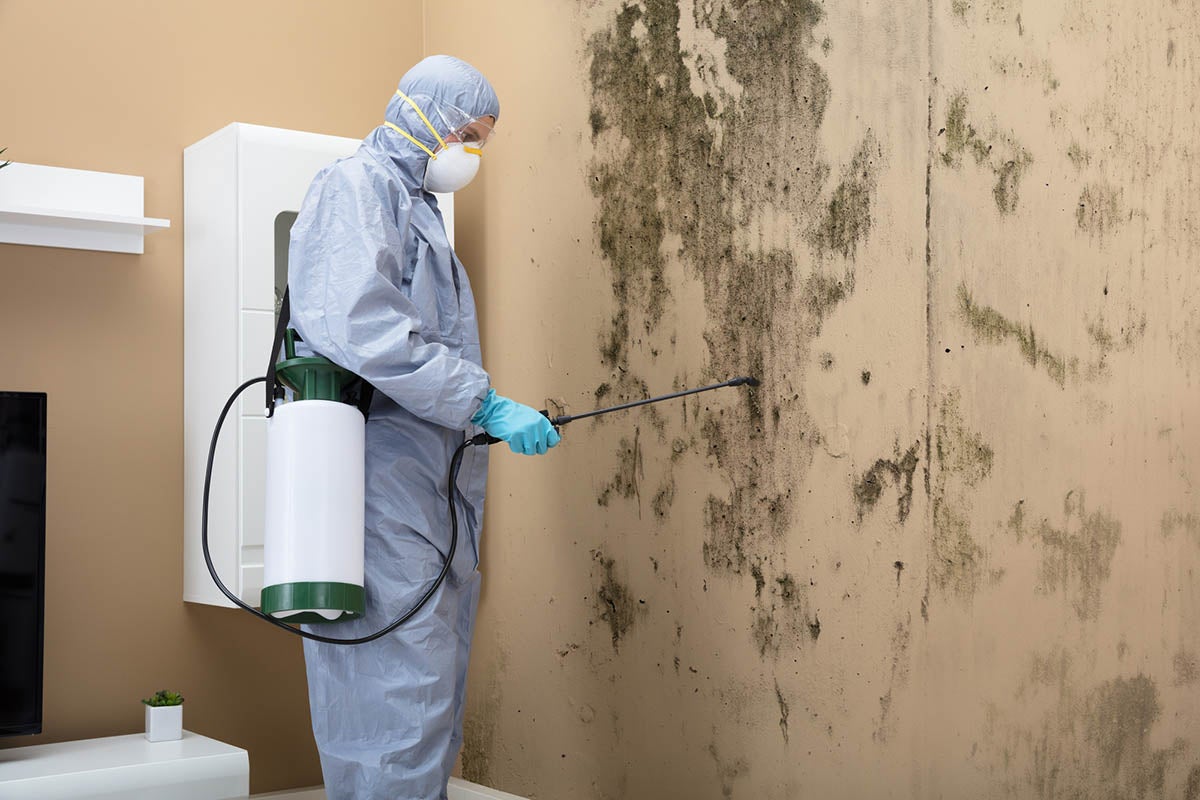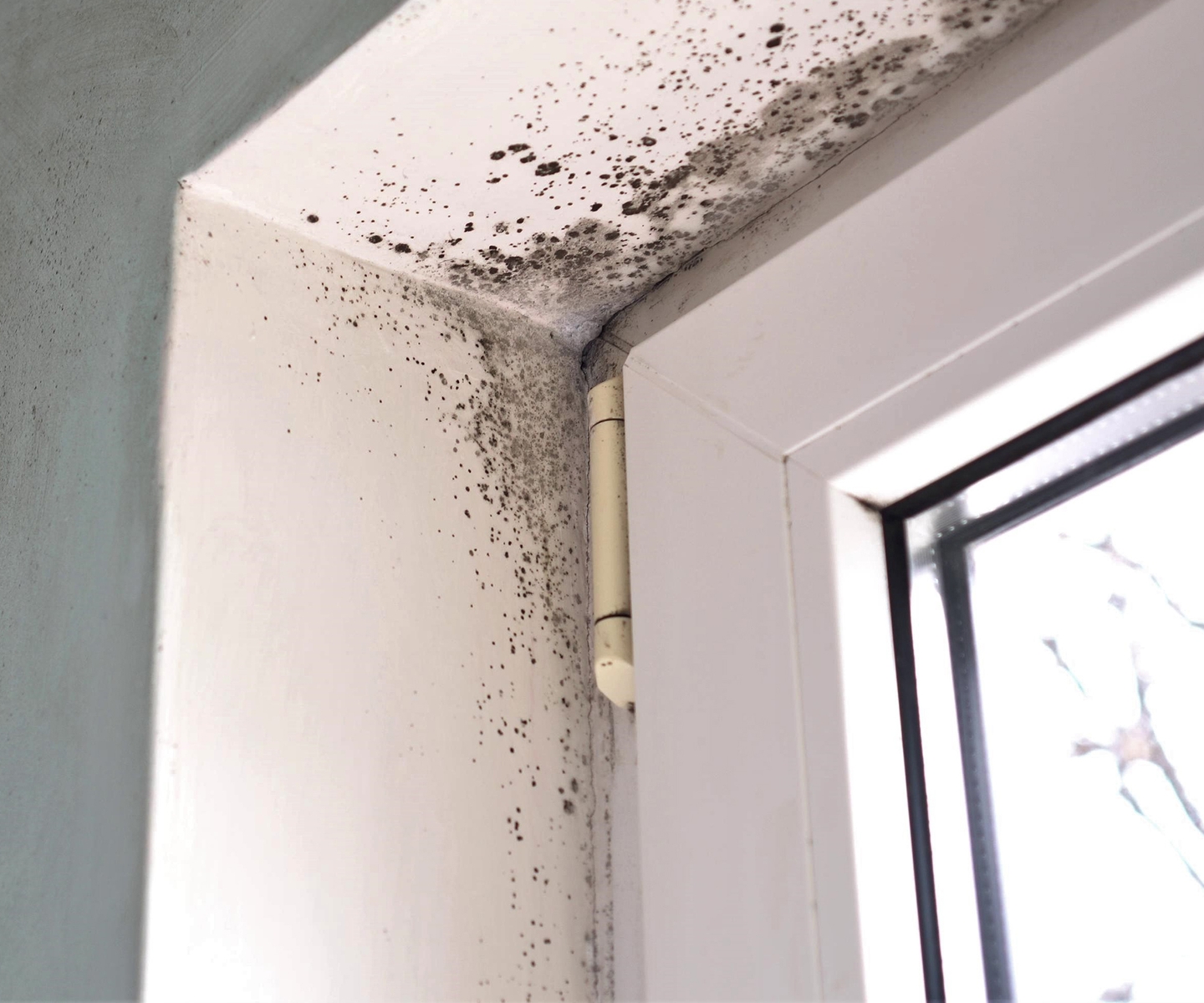Locating Post Remediation Inspection Near Me Solutions
Locating Post Remediation Inspection Near Me Solutions
Blog Article
Key Tips for Successful Blog Post Mold Removal
Resolving mold concerns in a timely and reliable way is crucial for preserving a healthy interior environment. Effectively completing mold remediation is a multifaceted process that calls for attention to information and adherence to particular protocols. From inspecting treated areas to implementing wetness control procedures, each action plays an essential duty in ensuring the efficacy of the removal procedure. However, there are key post-remediation actions that are similarly vital yet commonly overlooked. These steps not only confirm the success of the remediation efforts yet likewise contribute to protecting against future mold development.
Examination of Treated Areas
Upon completion of the mold remediation process, an extensive evaluation of the dealt with areas is important to make sure the effectiveness of the remediation efforts. This assessment functions as an essential action in the post-remediation stage to validate that the mold removal and clean-up procedures were successful in getting rid of the mold and mildew problem and recovering a secure indoor atmosphere. The inspection should be carried out by qualified experts that have the knowledge to assess the remediated locations diligently.
During the inspection, numerous factors are assessed to determine the success of the remediation procedure. These include visual evaluations to look for any type of signs of mold and mildew development or water damages, moisture degrees to verify that the location is free and completely dry of excess humidity that can promote mold re-growth, and air top quality screening to guarantee that the indoor air is safe to breathe. Additionally, the inspection may involve making use of specialized tools such as wetness meters and thermal imaging video cameras to find covert mold and mildew or wetness pockets that could result in future mold troubles if left untreated. Generally, a comprehensive inspection of the dealt with locations is critical to verify the performance of the mold and mildew removal efforts and offer comfort to the occupants of the property.

Dampness Control Actions
Reliable moisture control procedures are crucial for preventing mold development and preserving a healthy interior atmosphere. To attain this, it is crucial to address sources of dampness within the structure. Appropriate ventilation is essential to controlling moisture levels. Setting up exhaust followers in cooking areas and bathrooms can aid eliminate excess dampness. Additionally, making use of dehumidifiers in damp areas can help lower moisture degrees, making it harder for mold and mildew to prosper.
Frequently evaluating and preserving the building's outside can likewise stop wetness invasion. Post Mold remediation cleaning. Making sure that rain gutters are clear, downspouts direct water far from the structure, and the roofing remains in great problem can help stop water from permeating right into the structure. Properly sealing doors and windows can also assist keep moisture out
Any spills or leakages ought to be cleansed and dried out within 24-48 hours to avoid mold development. By carrying out these moisture control steps, the risk of mold and mildew persisting can be substantially minimized, developing a healthier interior setting.
Proper Ventilation Assessment
An essential aspect of guaranteeing a healthy indoor setting blog post mold and mildew removal is carrying out a comprehensive analysis of the ventilation system. Post remediation mold testing near me. Appropriate air flow assessment plays an important function in avoiding future mold development and keeping air high quality within the affected area. During the evaluation, professionals examine the effectiveness of the ventilation system, looking for any type of clogs, leakages, or malfunctions that could hinder proper air read movement. It is necessary to guarantee that the ventilation system is properly sized for the area it offers and that it meets industry requirements for air currency exchange rate.
Furthermore, evaluating the ventilation system consists of analyzing the circulation of air throughout the location to determine any locations of poor circulation where moisture and pollutants could build up. Proper air flow not only aids in regulating humidity degrees however additionally aids in removing air-borne mold and mildew spores and other toxins, therefore improving overall indoor air top quality. By addressing any kind of air flow issues post mold and mildew remediation, homeowner can create a much healthier and a lot more comfy setting for occupants while reducing the threat of mold re-infestation.
Cleaning and Disinfection Protocols
To make sure thorough mold and mildew removal, thorough adherence to specific cleansing and disinfection protocols is visite site critical. Cleaning and disinfection methods play a crucial duty in the post-mold removal stage to stop the recurrence of mold development and ensure a healthy and secure setting. The initial step in this procedure is the removal of any type of visible mold and mildew growth using ideal cleaner and techniques. It is important to use EPA-approved fungicides and anti-bacterials to effectively remove mold and mildew spores and prevent their regrowth.
After the initial cleansing, extensive sanitation of the influenced locations is needed to kill any type of staying mold and mildew spores and inhibit their proliferation. This step is vital in protecting against the spread of mold and mildew to various other components of the residential or commercial property. In addition, executing precautionary procedures such as using mold and mildew preventions and preserving correct air flow can aid lessen the danger of future mold problems. By adhering to strict cleansing and disinfection procedures, home owners can guarantee the effective eradication of mold and mildew and develop a healthy interior setting for owners.
Tracking and Upkeep Strategy
Applying a normal surveillance and upkeep strategy is necessary for making certain the lasting performance of mold and mildew removal initiatives. When mold and mildew removal is completed, it is essential to establish a surveillance schedule to assess the success of the removal process.
Furthermore, establishing a maintenance strategy is key to avoiding future mold and mildew problems. Regular maintenance not only helps in preventing mold but additionally adds to preserving a healthy interior atmosphere - After mold remediation.
Verdict
Finally, successful article mold removal entails complete assessment of treated locations, execution of wetness control steps, analysis of appropriate ventilation, adherence to cleansing and disinfection protocols, and establishment of a monitoring and maintenance strategy. These key actions are vital to make certain that mold and mildew growth is efficiently gotten rid of and prevented from repeating in the future. By following these guidelines, homeowner can preserve a healthy and safe setting for passengers.
Upon completion of the mold and mildew remediation process, a thorough evaluation of the treated locations is crucial to make certain the performance of the remediation efforts. These include aesthetic analyses to check for any kind of indications of visit this page mold and mildew growth or water damage, dampness degrees to confirm that the location is completely dry and free of excess moisture that could advertise mold re-growth, and air high quality testing to guarantee that the indoor air is secure to take a breath. In addition, the assessment might entail making use of specialized tools such as dampness meters and thermal imaging cams to detect hidden mold or moisture pockets that can lead to future mold and mildew issues if left untreated. By dealing with any kind of ventilation issues post mold and mildew remediation, home proprietors can create a much healthier and much more comfy setting for passengers while lowering the risk of mold re-infestation.

Report this page